Varicose and Spider Veins
Varicose veins are twisted, enlarged veins, most commonly found in the legs. They are caused by valves that do not work correctly in the superficial veins, allowing reflux of blood down the leg. Varicose veins are very common; most patients experience no symptoms. However, they can progress and cause pain and swelling in the legs.
Risk Factors
- Women are more commonly affected
- Aging: varicose veins become more common as we age
- Pregnancy
- Family history
- Obesity
- Sitting or standing for long periods of time
Symptoms
- Aching pain
- Leg swelling
- Leg heaviness or tiredness
- Skin discoloration
- Bleeding
- Ulcers and wounds in severe disease
Diagnosis
- Venous Reflux Ultrasound: an ultrasound that visualizes the veins in the legs and determines if there is any insufficiency or reflux
Treatment
- Conservative Management
- Patients with varicose veins benefit from elevating their legs when they are not walking, weight reduction, and the use of compression stockings. For many patients, this is the only intervention needed to relieve their symptoms
- Radiofrequency Ablation
- Patients who experience symptoms even with the use of compression stockings can undergo radiofrequency ablation. The surgeon uses local anesthesia and gains access to the vein. A catheter is then inserted that closes the vein
- Sclerotherapy
- Patients who have small spider veins can undergo sclerotherapy. The surgeon will inject a chemical that clots the vein, closing it off and relieving symptoms
- Stab Phlebectomy
- For Veins that are torturous they can be surgically removed by our Surgeons
Learn more
Peripheral Artery Disease (PAD)
Varicose and Spider Veins
Deep Venous Thrombosis (DVT)
Abdominal Aortic Aneurysm (AAA)
Peripheral Aneurysmal Disease
Carotid Artery Disease
Dialysis Access
Wound Care
Vascular Lab
Giant Cell Arteritis
Lymphedema
Mesenteric Ischemia
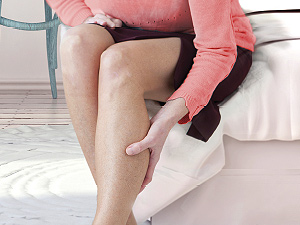
Peripheral Artery Disease
Peripheral Artery Disease, commonly referred to as PAD, is a chronic condition...
Read More

Varicose and Spider Veins
Varicose veins are twisted, enlarged veins, most commonly found in the legs....
Read More
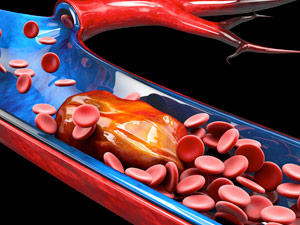
Deep Venous Thrombosis
A Deep Venous Thrombosis (DVT) is a blood clot that forms in the deep veins in the body....
Read More
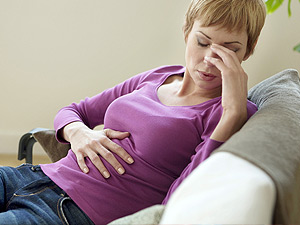
Abdominal Aortic Aneurysm
The aorta is the largest artery in the body. The walls of the segment of the aorta in the abdomen...
Read More
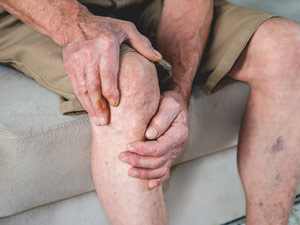
Peripheral Aneurysmal Disease
An aneurysm is a bulging of the artery caused by the weakening of the walls of the artery....
Read More
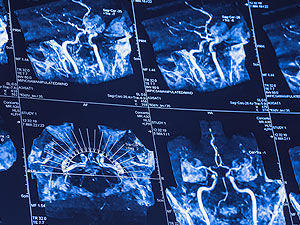
Carotid Artery Disease
Stenosis, or stiffening, of the carotid arteries occurs when fatty deposits, or plaques, adhere to the walls...
Read More
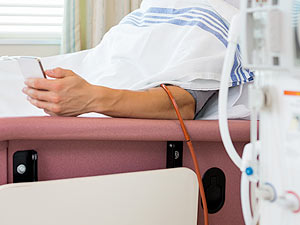
Dialysis Access
Our kidneys filter wastes and excess fluid from our bodies. Some patients suffer from...
Read More
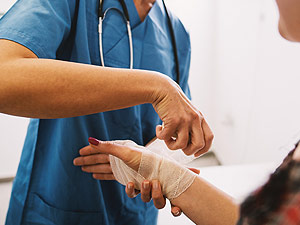
Wound Care
Whether you’ve had a wound for a short period of time or wounds that recur over time, open wounds can interfere...
Read More

Vascular Lab
Ultrasound exams, also called sonograms, are painless, fast and especially useful to help your physician diagnosis...
Read More
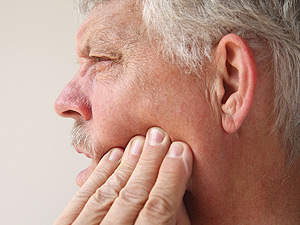
Giant Cell Arteritis
Giant cell arteritis is inflammation of the walls of the arteries, most commonly in the arteries in the head....
Read More
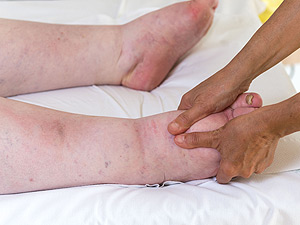
Lymphedema
Lymphedema is the buildup of lymph fluid in the arms or legs. Lymph fluid is usually filtered by lymph nodes,...
Read More
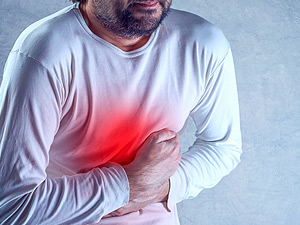
Mesenteric Ischemia
Mesenteric Ischemia is poor blood supply to the mesenteric organs, like the intestines, stomach, liver and colon....
Read More
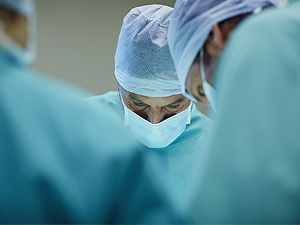
Meet Our Team
Our surgeons see patients for aneurysmal diseases of the arteries, peripheral artery disease,...
Read More